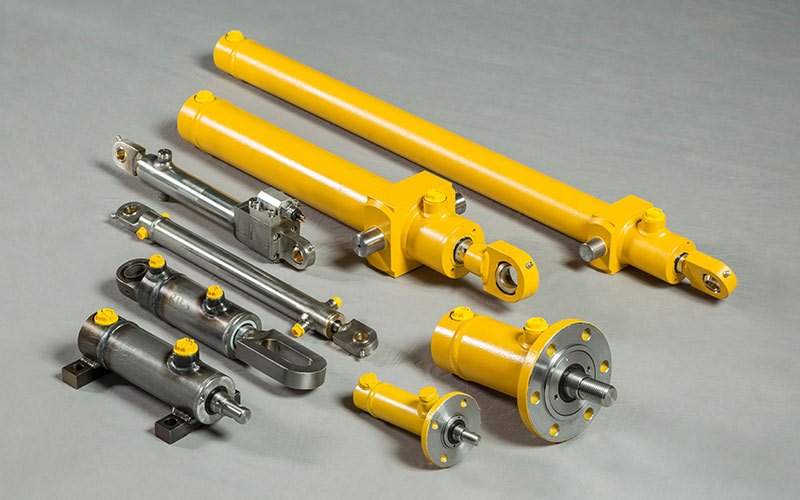Extending the life of hydraulic rams is essential for maintaining the efficiency and reliability of hydraulic systems across various industries. These components are often subjected to high pressures and continuous use, which can lead to wear and tear, eventually causing breakdowns that disrupt operations and increase maintenance costs. Implementing reliable hydraulic ram maintenance solutions is key to ensuring these devices operate smoothly over long periods, thus protecting investments and enhancing overall productivity. A proactive approach to maintenance is the cornerstone of extending hydraulic ram lifespan. Regular inspections enable the early detection of potential issues such as leaks, corrosion, or worn seals before they escalate into more severe problems. By thoroughly examining the ram’s surface and seals, technicians can identify signs of damage or wear that might compromise its performance. Timely replacement of seals and other consumable components is critical because worn seals often cause hydraulic fluid leaks, which reduce system efficiency and increase the risk of contamination. Proper lubrication is another vital factor in maintaining hydraulic rams.

Ensuring that all moving parts receive adequate lubrication reduces friction, minimizing wear and preventing overheating. Using the correct type of hydraulic fluid that meets manufacturer specifications is equally important because the wrong fluid can degrade seals and internal components, leading to premature failure. Regular fluid analysis and replacement help maintain the fluid’s properties and remove contaminants that might damage the system. Environmental factors also play a significant role in the longevity of hydraulic rams. Exposure to dust, dirt, moisture, and extreme temperatures can accelerate wear and corrosion. To combat these effects, protective measures such as installing dust covers, seals, and shields help prevent contaminants from entering sensitive areas. Storing hydraulic equipment properly when not in use, especially in harsh weather conditions, also helps preserve its integrity. Routine system checks, including pressure tests and alignment assessments, ensure the hydraulic ram operates within its designated parameters. Misalignment of the ram can cause uneven wear, stressing certain components disproportionately and leading to early failure. Correcting alignment issues promptly and monitoring pressure levels prevent undue strain on the ram and the entire hydraulic system.
Training operators and maintenance personnel in proper handling and maintenance procedures contributes significantly to equipment longevity. Educated users are less likely to misuse or overwork the hydraulic ram, and they can identify early warning signs of failure more effectively. Clear maintenance schedules and guidelines tailored to specific operational demands support consistent care. Investing in advanced diagnostic tools can further improve maintenance outcomes. Technologies such as vibration analysis, thermal imaging, and ultrasonic testing enable non-invasive monitoring of the ram’s condition. These tools detect subtle changes that might indicate developing faults, allowing maintenance teams to plan repairs proactively rather than reactively. In conclusion, extending the life of hydraulic rams demands a comprehensive and disciplined maintenance strategy that includes regular inspections, proper lubrication, environmental protection, alignment verification, and operator training. Utilizing modern diagnostic technologies and adhering to recommended maintenance schedules minimize unexpected downtime and costly repairs. By prioritizing reliable hydraulic ram maintenance solutions, industries can enhance operational efficiency, reduce total ownership costs, and ensure sustained performance of their hydraulic systems over time.